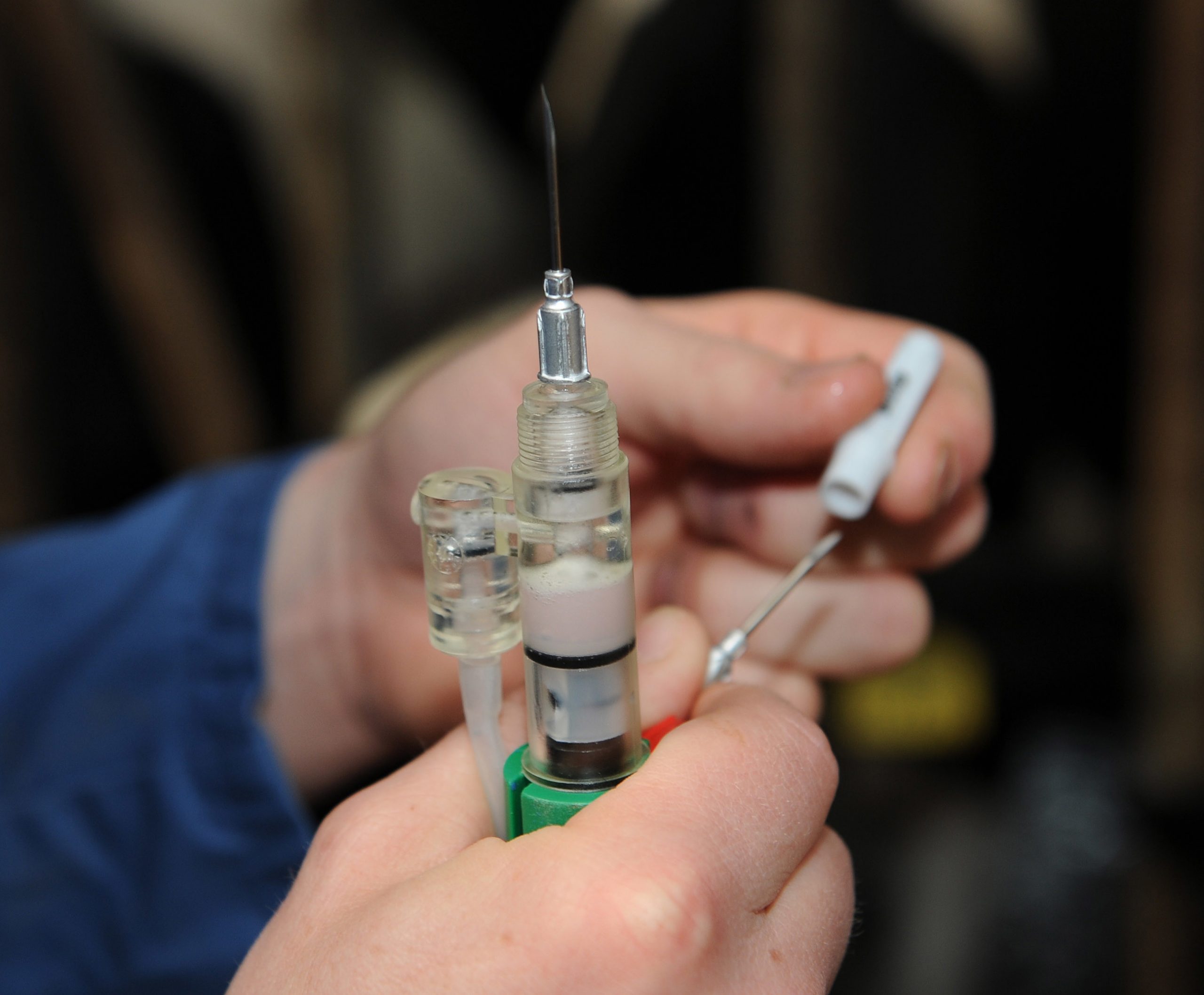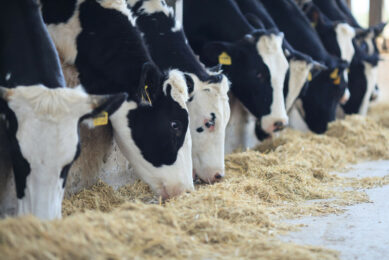Policy options needed to reduce further use of antibiotics

Despite global efforts to reduce antimicrobial use in livestock animals, experts project that the use will increase in the next 15 years if no measures are taken.
In the review article, published in Science and compiled by a range of experts around the world, it is stated that in 2013, the global consumption of all antimicrobials in food animals was estimated at 131,109 tons. It is projected to reach 200,235 tons by 2030. The projection is based on veterinary antimicrobial sales volumes that were obtained via public records for 38 countries and self-governing dependencies. The experts found consumption levels to vary considerably between countries, ranging from 8 mg/population correction unit (PCU) (a kilogram of animal product) in Norway to 318 mg/PCU in China.

Join our All About Feed webinar on antibiotic reduction
.
Sign up here and join us on October 12 for this live, interactive webinar.
The review article proposes some solutions to reduce the antibiotic use and hence AMR resistance in the upcoming years. These may include:

Regulations. A global regulation putting a cap of 50 mg of antimicrobials per PCU per year, the current global average amount, could reduce total consumption by 64%. If only countries of the Organization for Economic Cooperation and Development (OECD) and China were to adopt this regulation, the global consumption in 2030 would already be reduced by 60%.

Meat consumption. Limiting meat intake worldwide to 40 g/day, the equivalent of one standard fast-food burger per person, could reduce global consumption of antimicrobials in food animals by 66%. This reduction is comparable with what could be achieved through regulations targeting antimicrobial use.

User fees. Imposing a user fee of 50% of the current price on veterinary antimicrobials could reduce global consumption by 31%. More important, such a policy would also generate yearly revenues between US$ 1.7 billion and 4.6 billion.
Achieving meaningful reductions
Luckily, many efforts are taken to reduce the antibiotic use in the coming decades. In Europe, regulations have been the principal instrument to limit antimicrobial use in animal production. In the US, consumer preferences have driven companies to reduce antimicrobial use in animals, although the impact on livestock rearing practices is still nascent. As the largest consumer of veterinary antimicrobials, both in relative (per PCU) and in absolute terms, China has an important leadership role with regard to its response to AMR and has already set precedents in phasing out drugs that are last resorts for human infections but are still in use in Europe in animal husbandry.
To provide a good global analysis, it is important that all countries have a good monitoring system in place. Many countries already do this, but unlike for human medicine, there is currently no global database (public or private) on veterinary antimicrobial sales accessible to the public health community. Although present data are limited, outlining current knowledge allows inferences to be made about the relative impact of different policies to curb antimicrobial use. The expert findings suggest that imposing a user fee on veterinary antimicrobials is a plausible policy option to achieve meaningful reductions in antimicrobial use in the short term while simultaneously raising funds to improve farming practices that will benefit the long-term viability of the livestock industry.
Source: Science











